There are 324 locations found for "sup"
Locations
145 to 168 of 324 results
-
Camping De Cuynder
Camping De Cuynder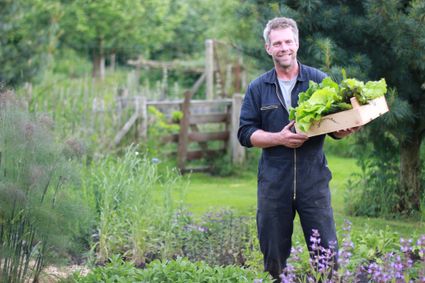 Donkerbroek
Donkerbroek
-
Recreatiebedrijf Gouden Plakje
Recreatiebedrijf Gouden Plakje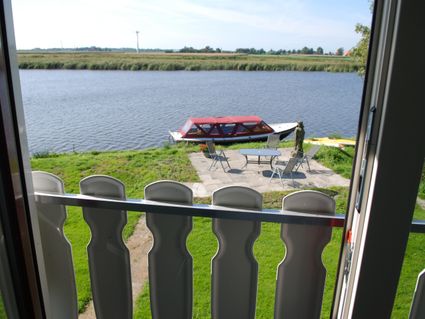 Gaastmeer
Gaastmeer
Direct boekbaar
-
Kanoschool Terherne
Kanoschool Terherne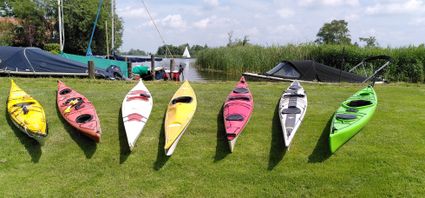 Terherne
Terherne
-
KB Food & Drinks
KB Food & Drinks Dokkum
Dokkum
-
Ternaard (Ternaard)
Ternaard (Ternaard)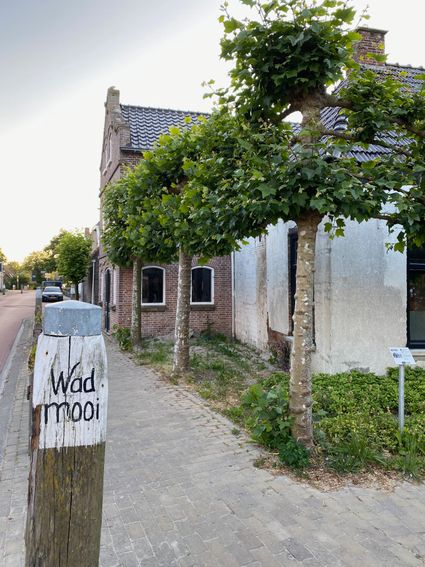 Ternaard
Ternaard
-
Friesland Holland Tourist Information & Travel Service
Friesland Holland Tourist Information & Travel Service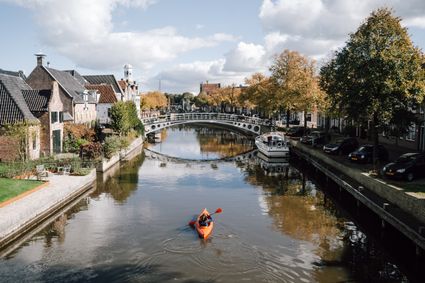 Holwerd
Holwerd
-
It Bûtefjild Nature Reserve
It Bûtefjild Nature Reserve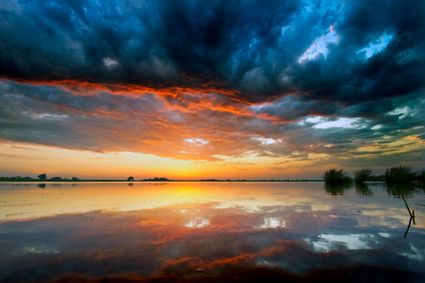 Hurdegaryp
Hurdegaryp
-
Kamp Wyldemerk
Kamp Wyldemerk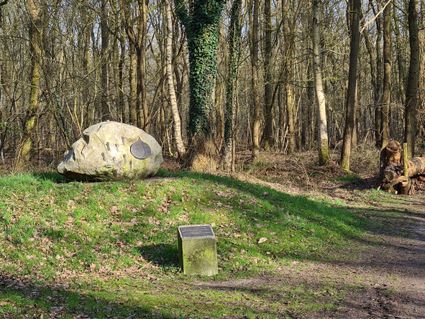 Harich
Harich
-
De Weyde Blick - het Familiehuis
De Weyde Blick - het Familiehuis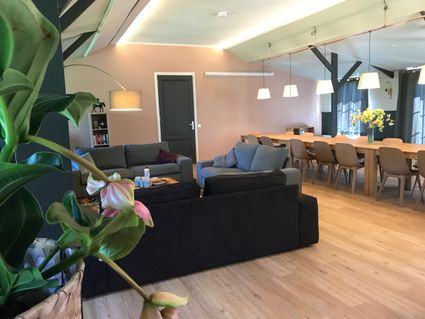 Warns
Warns
Direct boekbaar
-
Camping de Finne
Camping de Finne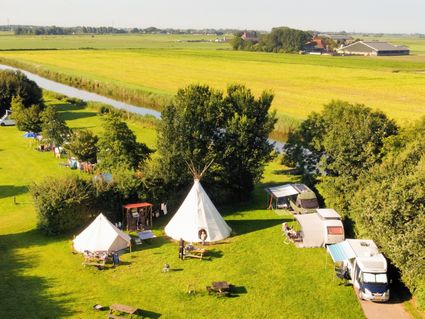 Reahûs
Reahûs
Direct boekbaar
-
Wheat mill 't Lam
Wheat mill 't Lam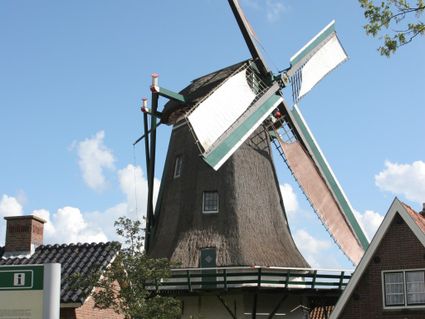 Woudsend
Woudsend
-
De Leijen Nature Reserve
De Leijen Nature Reserve Rottevalle
Rottevalle
-
B&B op de Sing-Sang
B&B op de Sing-Sang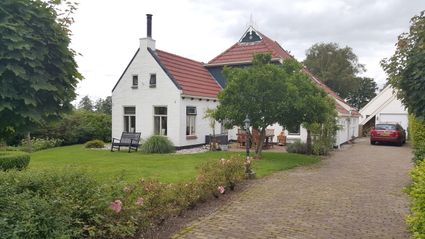 Jonkerslân
Jonkerslân
-
Camping It Wiid
Camping It Wiid Earnewâld
Earnewâld
-
Restaurant NAP
Restaurant NAP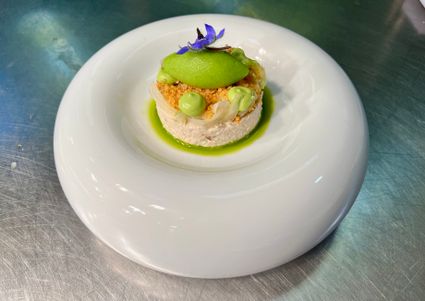 West-Terschelling
West-Terschelling
-
Mini camping de Zilveren Maan
Mini camping de Zilveren Maan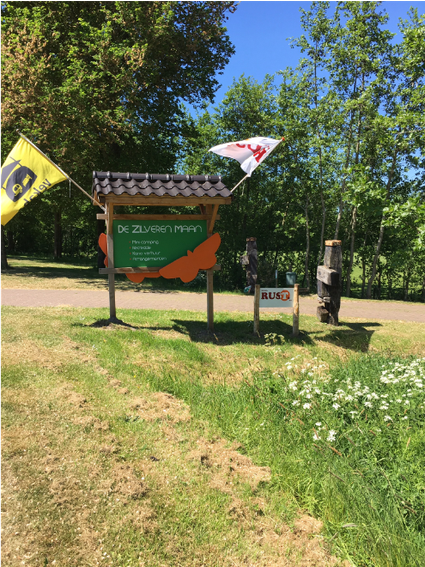 De Westereen
De Westereen
-
Lionserpolder
Lionserpolder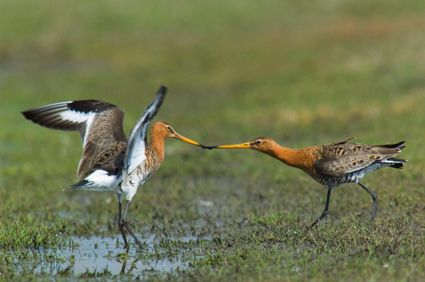 Leons
Leons
-
Bed & Breakfast de Pastory
Bed & Breakfast de Pastory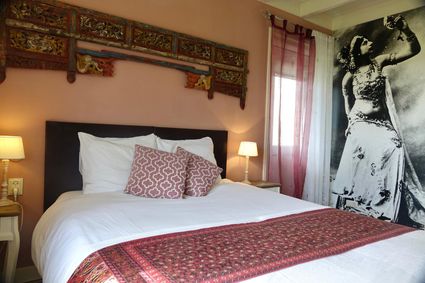 Warns
Warns
-
Jachtwerf Oost B.V.
Jachtwerf Oost B.V. Akkrum
Akkrum
Direct boekbaar
-
It Griene Strân
It Griene Strân Workum
Workum
-
Pitch & Putt Esonstad
Pitch & Putt Esonstad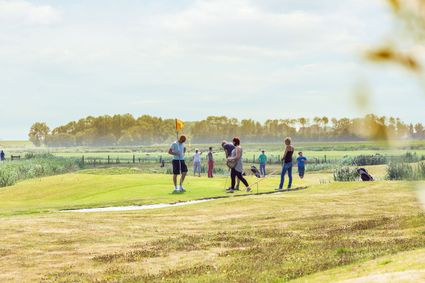 Anjum / Oostmahorn
Anjum / Oostmahorn
-
Sanzi Yacht Charter - Monique
Sanzi Yacht Charter - Monique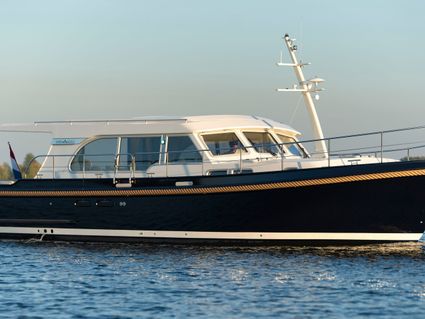 Sneek
Sneek
Direct boekbaar
-
B&B De Oude Wagenmakerij
B&B De Oude Wagenmakerij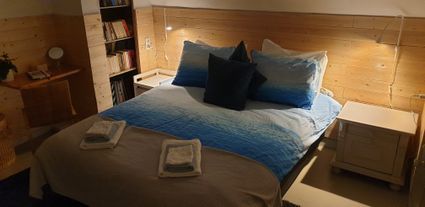 Holwerd
Holwerd
-
Zwettepoel Recreational Lake
Zwettepoel Recreational Lake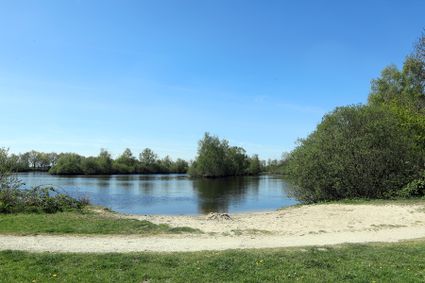 Broek
Broek